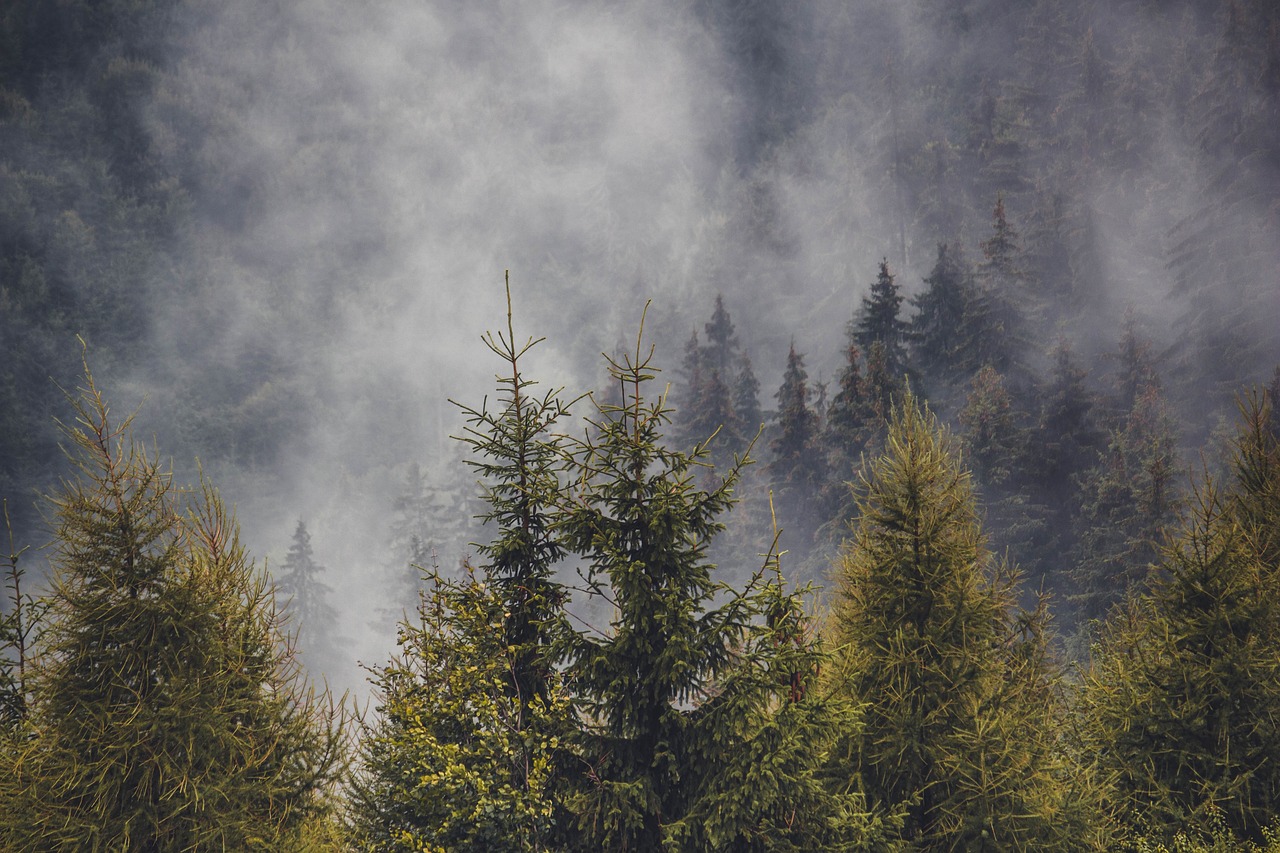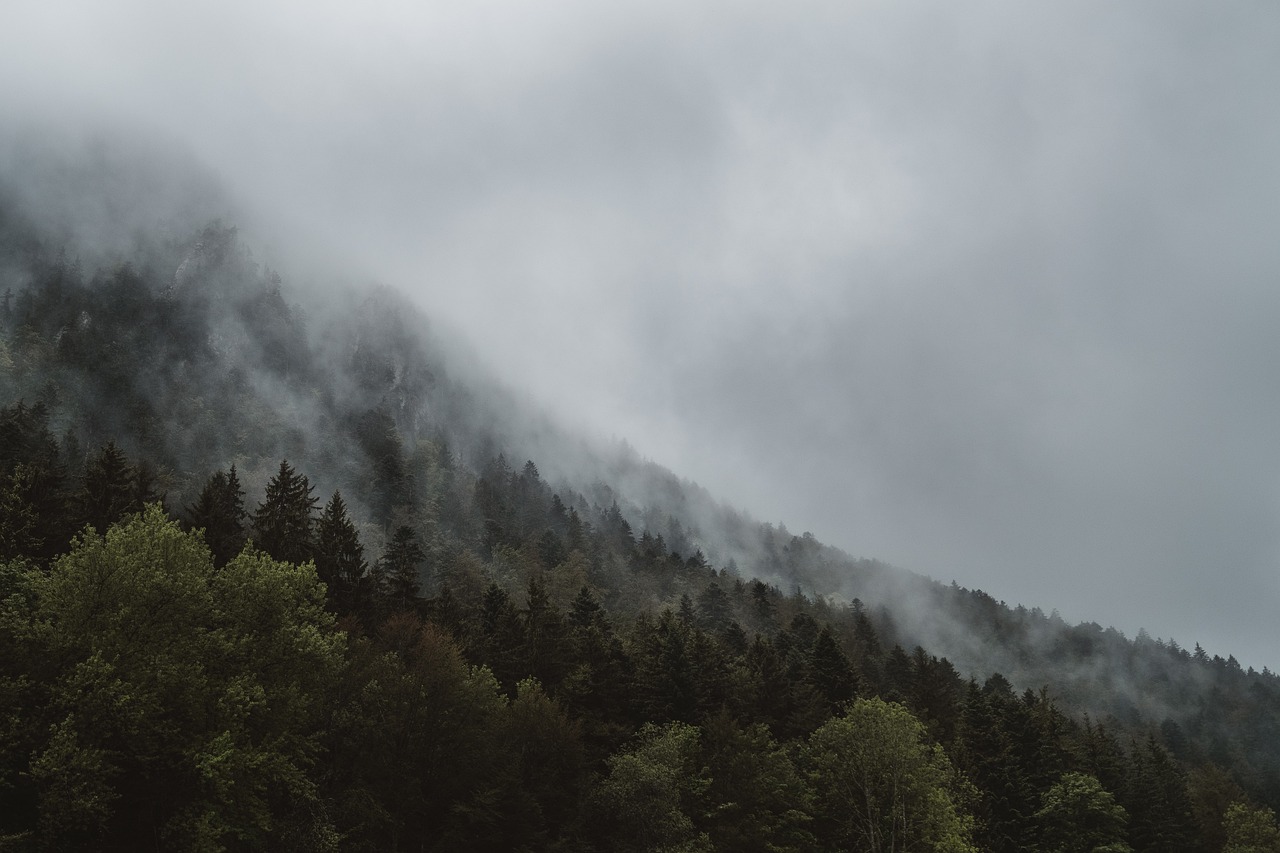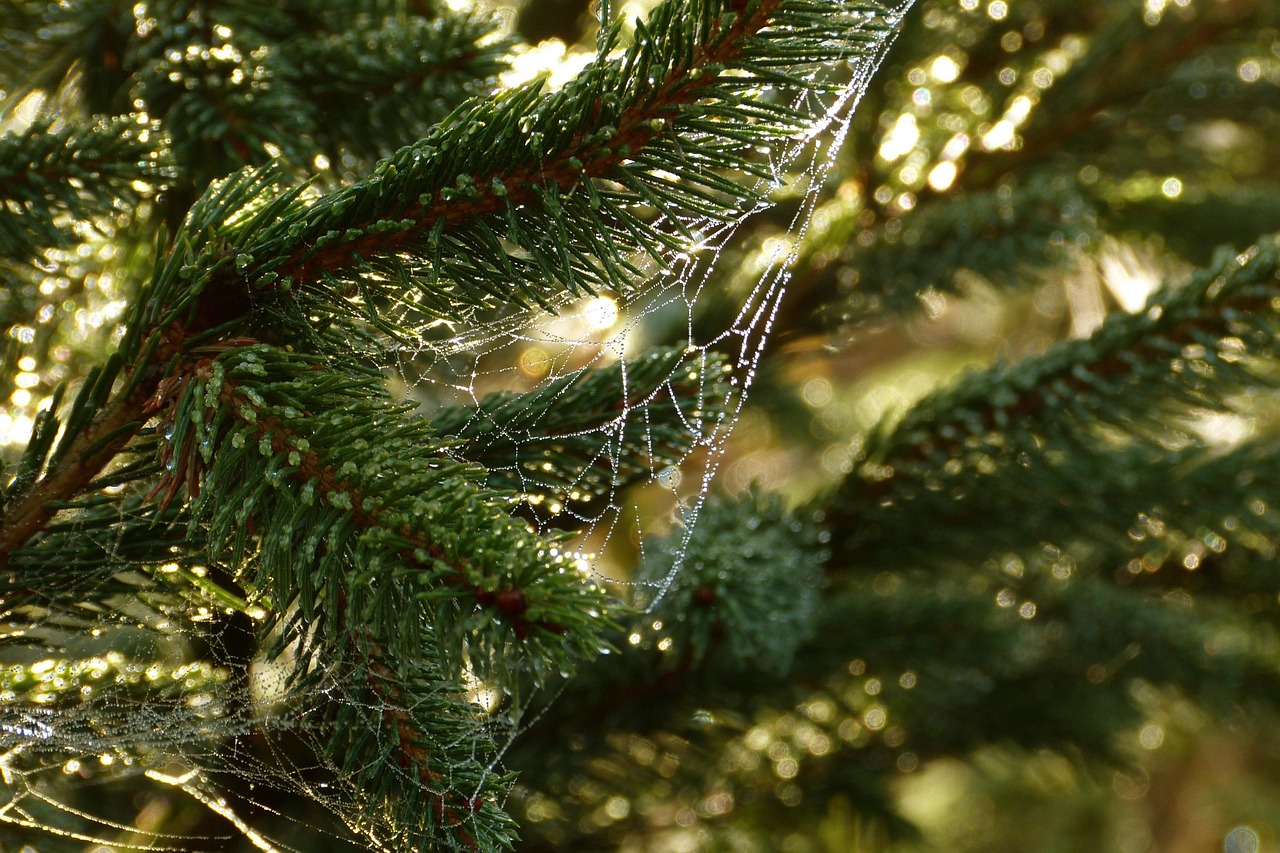Landscaping under pine trees presents unique challenges and opportunities. While these majestic trees provide shade and beauty, their specific growing conditions can complicate landscaping efforts. Understanding these factors is essential for successful garden design.
Pine trees, belonging to the Pinaceae family, are known for their needle-like leaves and conical shape. They are popular in many landscapes due to their ability to thrive in various climates. However, their presence also affects the surrounding soil, moisture levels, and light availability. As a result, choosing the right plants and landscaping techniques becomes crucial for creating a thriving garden beneath them.

One of the primary challenges of landscaping under pine trees is the competition for nutrients and water. Pine trees have extensive root systems that absorb a significant amount of moisture and nutrients from the soil. This can hinder the growth of other plants, especially those that prefer rich, well-drained soil. Additionally, pine needles falling to the ground can create a thick layer of mulch that affects soil pH, often making it more acidic.
Another factor to consider is light availability. Pine trees create a dense canopy that can limit sunlight reaching the ground. Most plants require a certain amount of sunlight to thrive, making it essential to choose shade-tolerant species. Understanding the specific conditions under your pine trees will help you make informed decisions about your landscaping choices.
| Challenge | Description |
|---|---|
| Nutrient Competition | Pine trees absorb moisture and nutrients, limiting availability for other plants. |
| Soil Acidity | Pine needles can acidify the soil over time, affecting plant health. |
| Light Limitations | Pine canopies can block sunlight, making it difficult for many plants to grow. |
Understanding Pine Tree Characteristics
To successfully landscape under pine trees, it is important to understand their characteristics. The type of pine tree, its size, and its growth habits all influence the surrounding environment. For instance, some pine species have shallow root systems while others may have deep roots. This variation can impact how much space is available for other plants.
Additionally, consider the specific type of pine tree you have. Some common species include:
- Eastern White Pine: Known for its tall stature and soft needles.
- Ponderosa Pine: Recognized for its thick bark and large size.
- Lodgepole Pine: Often found in mountainous regions with a narrow trunk.
Understanding these attributes will help you tailor your landscaping efforts effectively. Each species may require different considerations regarding moisture levels, sunlight needs, and soil preferences.
Moreover, pine trees often attract specific wildlife. Birds and small mammals are commonly found in areas with pine trees due to their shelter and food sources. This biodiversity can enhance the ecological balance of your garden but may also introduce additional challenges when selecting plants.
As you explore landscaping options under pine trees, it’s essential to focus on plants that thrive in similar conditions. Native plants or those adapted to acidic soils often perform best in these environments. By choosing compatible species, you can create a harmonious landscape that complements the natural beauty of the pine trees while overcoming inherent challenges.
Choosing the Right Plants for Under Pine Trees
Selecting the right plants is crucial when landscaping under pine trees. The unique conditions created by these trees necessitate careful consideration of plant types. Many conventional garden plants struggle in the acidic soil and shaded environments typical of pine groves. Therefore, it is essential to focus on species that thrive under such conditions.
Top Plant Choices for Pine Tree Landscapes
When landscaping under pine trees, consider the following categories of plants that are well-suited to acidic soils and low light conditions:
- Ground Covers: These plants can effectively suppress weeds while thriving in shaded areas.
- Perennials: Many perennials can handle acidic soil and provide seasonal blooms.
- Ferns: Perfect for shaded environments, ferns add texture and greenery.
- Shade-Tolerant Shrubs: Shrubs can provide structure and height to your landscape.
- Native Wildflowers: These plants often adapt well to local soil and climate conditions.
Examples of Suitable Plants
Here is a selection of specific plants that thrive under pine trees:
| Plant Type | Common Species | Notes |
|---|---|---|
| Ground Cover | Creeping Juniper | Resilient and drought-tolerant; provides excellent coverage. |
| Perennial | Astilbe | Produces beautiful flowers in early summer; prefers moist soil. |
| Fern | Christmas Fern | A hardy fern that thrives in shady spots; evergreen foliage. |
| Shrub | Blueberry Bush | Produces fruit and enjoys acidic soil; attracts wildlife. |
| Wildflower | Trillium | A native wildflower that blooms in spring; prefers dappled shade. |
Creating Layers in Your Landscape

An effective landscaping strategy under pine trees involves creating layers. This approach not only adds visual interest but also maximizes the use of space. By selecting various plant heights and types, you can create a lush and diverse garden.
Layering Techniques
Consider implementing the following layering techniques in your landscape design:
- Foreground Layer: Use low-growing ground covers or small perennials to fill in the front of your garden beds.
- Mid-Level Layer: Incorporate taller perennials and shade-tolerant shrubs that provide height without blocking too much light.
- Background Layer: Position taller shrubs or small trees behind the mid-level layer to create depth and privacy.
This tiered approach allows for a more dynamic landscape. Each layer can complement the others, ensuring that every plant receives adequate light while contributing to the overall aesthetic of your garden.
Maintenance Considerations

Landscaping under pine trees requires ongoing maintenance to ensure plant health and landscape beauty. Regular care is essential to address challenges posed by the environment.
Key Maintenance Practices
- Watering: Newly planted species may require extra water until established, particularly during dry spells.
- Mulching: Adding organic mulch can help retain moisture and regulate soil temperature.
- Pest Management: Monitor for pests that may harm your plants, especially those that thrive in shaded areas.
- Soil Testing: Regularly test your soil’s pH and nutrient levels to manage acidity and fertility effectively.
By adhering to these maintenance practices, you can create a thriving landscape under your pine trees. This attention to detail will enhance your garden’s performance while showcasing the beauty of the natural setting.
Incorporating Hardscaping Elements

While selecting suitable plants is vital, incorporating hardscaping elements can significantly enhance the visual appeal and functionality of your landscape under pine trees. Hardscaping refers to the non-plant elements in a landscape design, such as pathways, patios, and decorative stones. These features can help create structure and organization in your garden.
Benefits of Hardscaping
Integrating hardscaping into your landscape offers several benefits:
- Soil Erosion Control: Hardscaping can help prevent soil erosion, especially in areas where water runoff occurs due to rainfall or irrigation.
- Accessibility: Pathways can provide clear access to different areas of your garden, making maintenance easier.
- Aesthetic Appeal: Stone features, patios, and decorative elements can enhance the overall beauty of your landscape.
- Functional Spaces: Creating dedicated areas for seating or gatherings can extend the usability of your outdoor space.
Ideas for Hardscaping Under Pine Trees
Here are some hardscaping ideas that work well in landscapes dominated by pine trees:
- Stone Pathways: Use natural stone or gravel to create winding pathways that guide visitors through your garden. This adds texture and interest while providing a durable walking surface.
- Patios: Constructing a small patio area can serve as a gathering place. Consider using permeable pavers to allow for water drainage.
- Retaining Walls: If your landscape is sloped, retaining walls can help create flat areas for planting and ensure stability.
- Garden Borders: Stone or wood borders can define planting areas and keep mulch in place while adding a polished look to the garden.
Managing Pine Needle Accumulation
Pine needles can accumulate on the ground, creating both challenges and opportunities for your landscape. While they serve as a natural mulch, they can also inhibit the growth of other plants if not managed properly. Understanding how to handle this aspect is crucial for maintaining a healthy garden under pine trees.
The Benefits of Pine Needles
Pine needles offer several advantages when used as mulch:
- Moisture Retention: They help retain soil moisture, reducing the frequency of watering needed.
- Weed Suppression: A thick layer of pine needles can suppress weed growth, reducing competition for nutrients.
- Soil Acidity: As they break down, pine needles contribute to soil acidity, which some plants prefer.
Effective Management Strategies
To manage pine needle accumulation effectively, consider the following strategies:
- Regular Raking: Regularly rake up excess needles to prevent smothering desired plants. This practice also keeps the area looking tidy.
- Recycling Mulch: Use collected pine needles as mulch in other parts of your garden or around acid-loving plants.
- Overseeding: Consider planting grass or other ground covers that can coexist with the pine needles. Some varieties may adapt well to these conditions.
Creating a Wildlife-Friendly Environment
Landscaping under pine trees can also provide an excellent opportunity to support local wildlife. By creating an environment that attracts beneficial creatures, you can enhance the ecological balance of your garden.
Attracting Wildlife
Incorporating elements that encourage wildlife can contribute positively to your landscape. Consider the following practices:
- Nesting Sites: Install birdhouses or leave natural cavities in trees for birds to nest in.
- Nectar Plants: Include flowering plants that attract pollinators such as bees and butterflies.
- Food Sources: Plant berry-producing shrubs to provide food for birds and small mammals.
- Water Features: Adding a small birdbath or pond can attract more wildlife while enhancing visual interest.
By creating a wildlife-friendly environment, you not only enhance the beauty of your landscape but also support biodiversity in your area. This approach contributes to a healthier ecosystem while making your garden a vibrant and lively space.
Enhancing Aesthetic Appeal with Seasonal Changes
One of the many joys of landscaping under pine trees is observing how the landscape evolves throughout the seasons. By selecting plants that bloom or change with the seasons, you can create a dynamic display that keeps your garden visually interesting year-round.
Seasonal Planting Strategies
When planning your landscape, consider incorporating plants that offer different features in each season:
- Spring: Choose early bloomers such as Trillium or Astilbe to brighten up the area after winter.
- Summer: Incorporate vibrant flowers like Coneflowers or Daylilies that thrive in the summer sun.
- Autumn: Select shrubs with colorful foliage, such as Blueberry or Japanese Maple, to provide stunning fall colors.
- Winter: Evergreens, including certain pine species, will maintain greenery and structure in your landscape during winter months.
This seasonal approach not only enhances the visual appeal but also allows for a more engaging experience in the garden. Observing the changes can provide joy and a sense of connection to nature.
Addressing Environmental Concerns
Landscaping under pine trees also involves understanding and addressing environmental concerns. As the climate changes and urbanization increases, gardens must adapt to sustain healthy ecosystems. Here are some considerations:
Water Conservation
Efficient water use is essential for maintaining a sustainable landscape. Consider these practices to conserve water:
- Drip Irrigation: Install a drip irrigation system to deliver water directly to the plant roots, minimizing waste.
- Xeriscaping: Choose drought-tolerant plants that require less water and can thrive even during dry spells.
- Rain Gardens: Create rain gardens that capture and utilize rainwater runoff, reducing erosion and promoting water absorption.
Soil Health Management
Maintaining healthy soil is fundamental to successful landscaping. Regular soil testing can help you understand nutrient levels and pH, allowing you to make informed amendments. Consider adding organic matter, such as compost, to enrich the soil and improve its structure.
Final Thoughts
Landscaping under pine trees is both a challenge and an opportunity. The unique conditions created by these majestic trees require careful planning and consideration. However, with the right approach, you can create a beautiful, resilient landscape that thrives in harmony with its environment.
By choosing suitable plants, incorporating hardscaping elements, managing pine needle accumulation, and attracting wildlife, you can enhance both the aesthetic appeal and ecological value of your garden. Seasonal strategies further add vibrancy, while sustainable practices ensure that your landscape remains healthy and effective for years to come.
Ultimately, embracing the challenges of landscaping under pine trees can lead to triumphs that reflect your creativity and commitment to the natural world. With thoughtful design and ongoing maintenance, your garden can flourish beneath the towering presence of pine trees, offering beauty, tranquility, and a rich habitat for wildlife.
